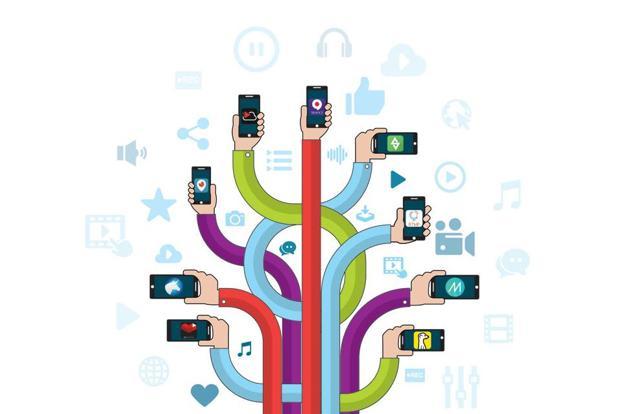Fart, my imaginary dumb friend, and me were drinking beers and sitting at my home surfing on my telly when we saw a movie trailer of the film With Love, Delhi on one of the channels. A low-budget thriller with a rather dark Tom Alter in the role of a villain. The trailer ended with these bylines:
‘When the best brains of the country, meet the Bollywood veterans, you get Wild.’
‘An intelligent thriller by IITians’.
This film has been made by an IITian! In my excitement, I started to jump up and down on the couch. Fart, who is rather slow in catching up, looked at me confused. I told Fart that the IITians are really smart people. If they have made a thriller movie, it would be really, really smart! After all, they have written smart books, smart songs, say really smart things, get married with a huge dowry, get plush jobs reserved for smart people and do other rather very, very smart things. So Fart, who you can guessed by now is not very smart since he comes from another country (or another planet, it’s not polite to ask) looked at me with his forehead puckered with fifteen wrinkle lines and asked:
FART (his forehead puckered): Who are these IITians?
ME (with a snicker, forgetting that it’s impolite to ask): You don’t know who IITians are? Which planet do you belong to?
FART (still puckered): Not this one.
ME (continuing my tirade): IIT stands for Indian Institute of Technology. It is one of the more premier institutes in India that teaches engineering courses. IITians are people who graduate from these premier institutes. They are like really, really, really smart, Fart!
FART (empty expression): Oh. So this institute teaches them how to become actors or movie directors?
ME (haughty expression): Of course not!
FART: So it has nothing to do with making movies or writing books whatsoever?
ME (angry at this dumb ass): You think an IITian would have time to learn how to make a movie or write a book? He (or she) is too busy studying for exams! Do you know how many people apply for IITs in India? A few lakh every year and only a few thousand get selected. That’s how smart IITians are. They are the most intelligent people in India. Hell, they are the smartest on the planet!
FART (confused): If they are so smart, why do they learn engineering instead of learning how to make a movie?
ME (haughty expression): You are so silly, Fart! That’s because if they learn how to make a movie, they won’t be respected for their intellectual prowess. But if they become an IITian, they automatically become really smart. Because you see as soon as one clears the entrance exam of IIT, one’s genes are rewired and one gets to know everything that is there to know in this universe. IITians are so smart that they don’t need to learn how to make a movie or write a book. From reading, mugging, working, getting married, having sex, writing a book, earning money, drinking the right wine, dancing, singing, they know everything.
FART (realisation dawning, glugging a beer): Oh! So they are Indian sadhus right? Those enlightened beings who can fly in the sky or walk on water or stand on thorns or something.
ME (laughing out loud): Fart you are such a tart! They are better than sadhus! They are engineers! You see, in India we value engineers because we have such bad roads and bad internet connections and dicey buildings. These engineers are our saviors. You would understand their value if you know how much dowry an engineer can get in marriage. It’s in crores of rupees. That’s because they get really cool jobs in Amreeka and other countries and come back with oodles of dollars and then can buy plush houses in fancy gated communities with smooth roads. They are the dollar earners of this country.
FART (condescending): So it has nothing to do with making roads or making movies? They are smart because they earn lots of money?
ME (angry): You know, you foreigners are so condescending to us Indians. If we serve you, you are fine. When we become your equals, you think we are all after money. Forget it, you just won’t get it. We are who we are in this world because of IITians. They will save us from all your smirks! They are our superheroes! Every child of this country aims to become an IITian and earn in crores of rupees and marry a virgin with a huge dowry. Every parent wants their child to become an IITian. They are our new gods! You will understand when you meet some of them. They are intellectual and smart. Did I tell you how smart they are? They —
(The conversation fell through midway due to excessive intoxication.)










